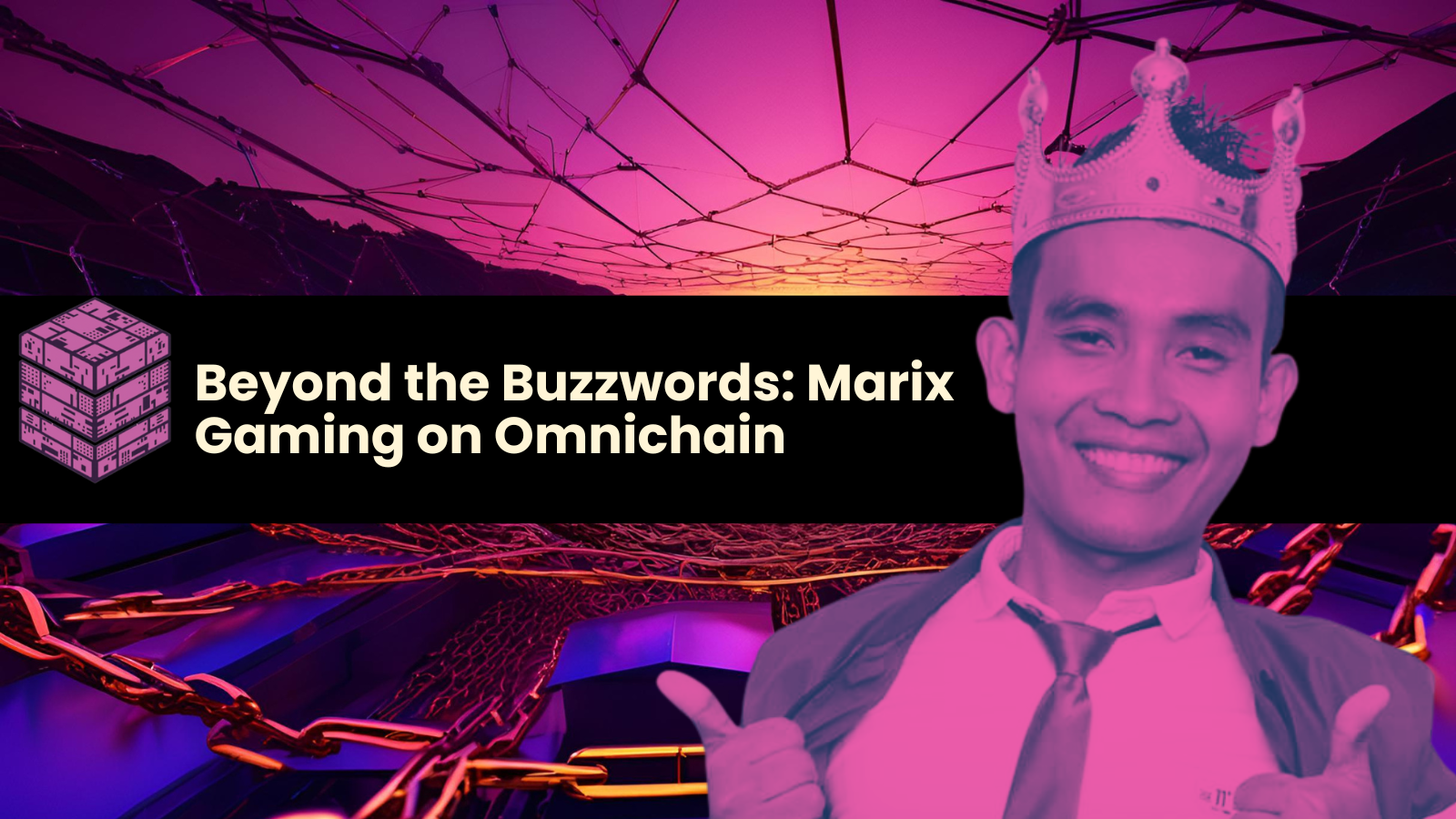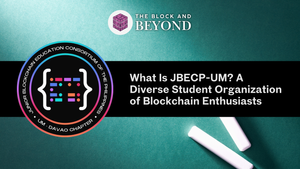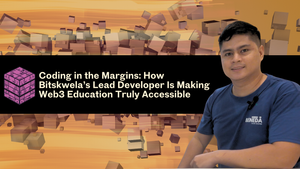Omnichain sounds futuristic, but for one Web3 community builder, it simply means blockchain that works for everyone.
Web3 is often filled with complicated terms that sound impressive but leave most people scratching their heads. Omnichain is one of them. It is a term that gets thrown around in technical discussions, whitepapers, and pitch decks—but what does it actually mean in real life?
For Christ Marlon Odtohan, better known as Marix Gaming, omnichain is not just a buzzword. It is a solution to one of the biggest challenges in crypto today: getting different blockchains to communicate easily, safely, and without unnecessary steps.
As the Global Culture Ambassador for ZetaChain's Discord, Christ has made it his mission to help regular users and builders understand how this technology works and why it matters.
“The main purpose talaga ni ZetaChain is a universal blockchain that can communicate to other networks... wala na pong wrapping na mangyayari.” (The main purpose of ZetaChain is to serve as a universal blockchain that can communicate with other networks—no more wrapping involved)
Why Wrapping Was a Problem
According to CoinMarketCap, Omnichain refers to a blockchain infrastructure that leverages chain abstraction (hiding the complexities of interacting with multiple chains) to facilitate seamless interaction, data transfer, and transaction settlement across multiple blockchains.
Before ZetaChain, users who wanted to move assets across blockchains often relied on something called wrapping. For example, sending Bitcoin to Ethereum would require wrapping the BTC into a synthetic version, which introduced extra steps and higher risks.
The problem? If the bridge or wrapping protocol was hacked, the value of the token could disappear.
ZetaChain removes that risk. With its omnichain architecture, it allows users to transfer native, supported assets between blockchains without wrapping. That means what you send is what the other network receives—clean, simple, and secure.
“So once na gusto mo nang ibalik yung token mo sa bitcoin talaga natively, is send mo lang agad yung token na yun, wala ng wrapping na mangyayari.” (So if you want to send your token back to Bitcoin natively, you just send it—no more wrapping required)
A Translator for the Blockchain World
To make it easier to understand, Christ compares ZetaChain to a translator between two people who speak different languages. Blockchains like Bitcoin and Ethereum each speak their own language. ZetaChain acts as the translator in the middle, allowing both sides to understand each other instantly.
That functionality is what gives ZetaChain its nickname as a universal blockchain. And it is also what opens the door for more developers and users to experiment across multiple chains without getting lost in the process.
Beyond the theory, Christ has experienced firsthand how ZetaChain simplifies things for users like him. Whether it is trading across networks using EG Finance or creating a meme token for fun, he has tested what omnichain can do—even without being a developer.
“Ang dami pwede mong magawa basta ngayon yung naka-integrate ng mga project... you can get that specific token then maano mo siya.” (There’s so much you can do now with the projects already integrated. You can get specific tokens directly and start using them right away.)
For him, omnichain is not just about technology. It is about access. It is about making blockchain usable for anyone, not just coders or advanced traders. And it is about building a future where blockchains do not compete in silos but work together to create something stronger.
In Christ’s eyes, ZetaChain is still just getting started. But the potential is already clear. It is not about having the perfect solution. It is about building one that more people can actually use.











